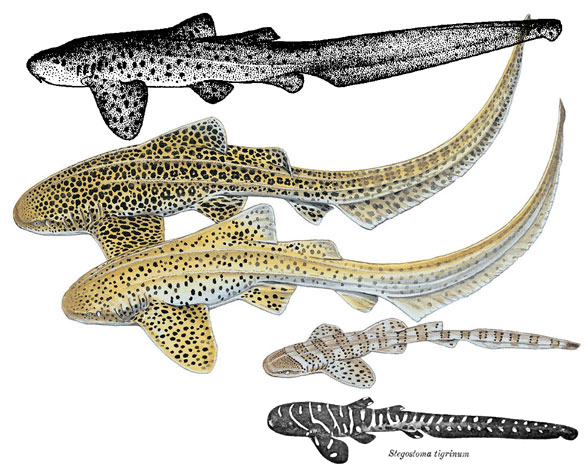No.
Sawfish, like Pristis, arrive too late on the large reptile tree (LRT, 1235 taxa) to tell us anything about the origin of teeth.
However
a wide gamut phylogenetic analysis based on traits can recover the last known taxon with jaws lacking teeth (e.g. Chondrosteus), and it can recover the first known taxon with jaws lined with teeth (e.g. Stegostoma, Figs 1,2). We looked at the origin of marginal teeth erupting from pre-premaxillary tissues and pre-maxilla tissues arising from the large supporting lacrimal cartilage earlier here.
Just because you have access
to a fossil sawfish does not mean you have to write a paper about it. It is inappropriate to glorify the wrong taxon while disregarding phylogeny. You might get published in Nature, but a week later you may realize you were talking about an irrelevant taxon. Thus all your work and all your conclusions were irrelevant to the subject at hand. It was a waste of time. Taxon exclusion is the number one problem in paleontology. Start with a valid cladogram before you even consider writing a paper about anything.

If you want to study the origin of marginal teeth,
study the transitional taxa that represent the last absence of, then the first appearance of marginal teeth: Chondrosteus and Stegostoma. This hypothesis has been online since October 2021.
References
Cook TD, Prothero J, Brudy M and Magraw JA 2022. Complex enameloid microstructure of †Ischyrhiza mira rostral denticles. Journal of Anatomy online here.

